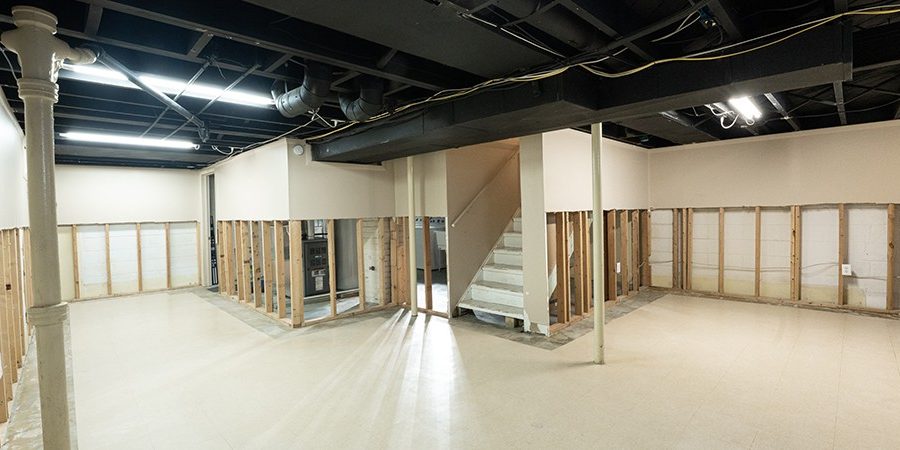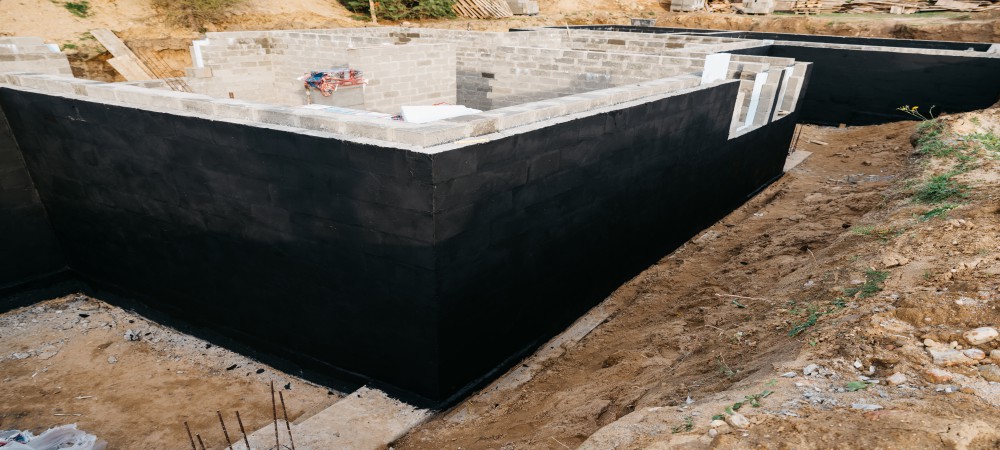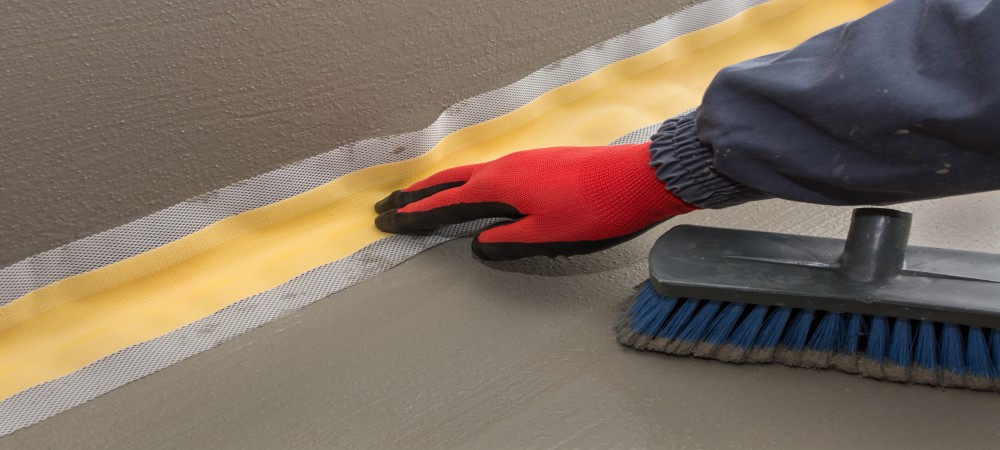What You Should Know About Waterproofing Basement Walls
For homeowners, nothing can be more frustrating than seeing water getting into your basement and pooling on the floor. If left unaddressed, a leaky basement can lead to a plethora of issues, including damaging the foundation and structure of your home and interfering with the electrical wiring. On top of that, it could also invite pests and the formation of mould and mildew. Eventually, it may even lead to health issues.
Waterproofing your basement walls can help avoid these problems. But, this project is neither simple nor cheap. Before making a decision, make sure you understand its nitty-gritty first. If you are confused, don’t worry. In this comprehensive article, we’ll detail everything you need to know about waterproofing basement walls in Toronto and the rest of GTA.
A GUIDE TO BASEMENT WATERPROOFING
For the uninitiated, basement waterproofing can be a confusing – and even overwhelming – process. So, before anything else, it is important to define exactly what it is first.
Let’s get this out of the way. Waterproofing doesn’t mean eliminating every trace of moisture in the basement. Instead, it is all about controlling and managing the water that enters your home. This can be done using a variety of methods and techniques, including applying sealants and coatings and installing drainage systems. A capable basement renovations company will recommend an approach that best suits your needs and situation.
Related Article: How to Choose the Best Basement Finishing Company in Toronto?
WHAT ARE THE SIGNS THAT YOU NEED TO WATERPROOF YOUR BASEMENT?
A dripping basement is an alarming problem that requires immediate attention. Otherwise, it could result in health issues or cause costly damages to your home. Fortunately, there are several telltale signs you can watch out for, allowing you to address the problem before it exacerbates.
If you notice any of the following warning signs, make sure to contact a basement waterproofing professional right away:
- Standing water or water puddles.
- Water stains and on the floor or walls.
- Leaking basement walls.
- Paint peeling off the walls.
- Condensation on the windows or doors.
- Swollen or warped basement doors.
- Cracking on the basement floor or walls.
- Presence of mould or mildew.
- A musty smell that won’t go away.
Related Article: Do You Need to Finish Your Basement and Is It Worth It?
WHAT CAUSES MOISTURE IN THE BASEMENT?
Perhaps you are wondering, why is your basement even leaking in the first place? There are several possible culprits.
The top causes of water seepage and a leaky basement include:
- Excessive condensation.
- Cracks along the basement walls, floors, and around the windows and doors.
- The ground around the basement has a wrong slope.
- Inadequate soil and drainage systems.
- Poorly installed and maintained gutters.
- Hydrostatic pressure due to the accumulation of water around the foundation of your home.
WHAT ARE THE DIFFERENT BASEMENT WATERPROOFING METHODS?
As mentioned earlier, there are different ways to waterproof your basement. One is not better than the other, and it all comes down to your needs and basement situation. We give you a quick rundown of each approach below.
OPTION 1: INTERIOR WATERPROOFING
As the name suggests, this involves waterproofing your basement from the inside. Of the three methods, interior waterproofing is perhaps the easiest and most affordable to do. In essence, it entails creating a waterproofing membrane around the basement walls and floors. It may also require the installation of drainage systems, which will be explained in greater detail later on.
The first step is to ensure that there are no cracks or holes in any part of the basement, including the walls, floors, windows, and doors. Any openings are sealed and made watertight using special sealants and coatings. These materials can prevent the moisture from accessing the basement interior, as well as help lower humidity levels and prevent condensation.
The downside is that simple interior waterproofing methods often don’t address the root cause of the leaking, merely acting as a band-aid solution. This is because these underlying problems are typically found on the outside of the basement.
Keep in mind, however, that interior waterproofing methods involving the installation of drain systems are far more extensive.
OPTION 2: EXTERIOR WATERPROOFING
As mentioned above, the culprit behind moisture-ridden basements is usually located outside. In this case, exterior waterproofing is what you need. This method is on a much larger scale and requires some demolition. As might be expected, it is also more expensive.
Exterior waterproofing typically involves excavating the soil around the foundation of your home. This procedure is labour-intensive and also requires the use of heavy tools and equipment. After removing the surrounding soil, the labourers will dig a trench on the outer perimeter of the foundation and fill it with the appropriate drain materials, including drainage tiles and gravel.
After the excavation work, the external walls will be thoroughly cleaned and inspected for cracks. Depending on the condition of your basement, the crew may apply a coat of hydraulic cement and a special sealant to the basement walls, creating an impermeable barrier.
A note on the gutter work:
When it comes to external basement waterproofing methods, it is important to look into the gutter systems as well. A functional and properly maintained gutter system does a great job in steering rainwater away from your basement. If incorrectly installed, on the other hand, it can get clogged or drain water along the foundation of your home.
With that being said, you want to ensure that the gutters near your premises are clean and in working order at all times. It is also recommended to have downspouts or drainpipes that deposit the water away from your home.
Related Article: What Is the Cost of Basement Renovations in Toronto?
OPTION 3: WATER SEEPAGE OR WATER DRAINAGE SYSTEMS
In many homes, improper drainage is often the cause of leaky basements. If so, the solution is to set up a reliable drainage system, which is meant to direct water away from the foundation of your home.
Several types of basement drainage systems exist, including a floor drain, sump pump, and French drain. A floor drain system is often installed during the construction of your home. Meanwhile, a sump pump and a French drain system are usually laid down during the interior waterproofing process. These drain systems are essentially designed to collect water from around the foundation of your home and release it away from your basement.
Of the two, sump pumps are more commonly used. They play a critical role in managing the flow of water in your basement. For best results, use a high-quality pump and install it as close to the foundation as possible. If you already have an existing sump pump, make sure that it is still in top condition. Otherwise, you will have to replace it with a new one.
Installing a drainage system during the interior waterproofing typically involves the following:
- Digging a trench around the perimeter of the interior basement walls.
- Setting up the drainage system in the trench.
- Backfilling the trench with concrete.
- Applying sealants, if necessary.
WATERPROOFING BASEMENT WALLS THE RIGHT WAY
In recent years, people have become more aware of the importance of basements. As a result, many Canadian homeowners are giving their basements a major makeover, allowing them to be used for a variety of purposes. Indeed, a finished basement can hold several things – from gym equipment to entertainment centres to apartment furniture. But the last thing you want to find in your basement is standing water – alongside obvious signs of mould and mildew.
Lucky for you, there are plenty of basement waterproofing solutions available. By and large, it all boils down to diverting water away from your home and ensuring that no moisture can penetrate your foundation walls.
It is important to remember that there is no one-size-fits-all approach, and it varies greatly from one home to another. For some, the application of chemical sealants will suffice, while for others, there is a need to do some demolition and excavation. You may even have to set up a functional drainage system.
Perhaps the most important thing of all is to find a trusted basement renovation company or a licensed professional. Ensure that they have the right certifications and plenty of experience to back up their claims. After performing a thorough inspection of your basement, your chosen company will recommend a waterproofing solution that best suits your needs and situation. With a reputable company, you can rest easy knowing that the solution is appropriate, meant to last, and worth your every penny. Contact Basement Renovations Now.



